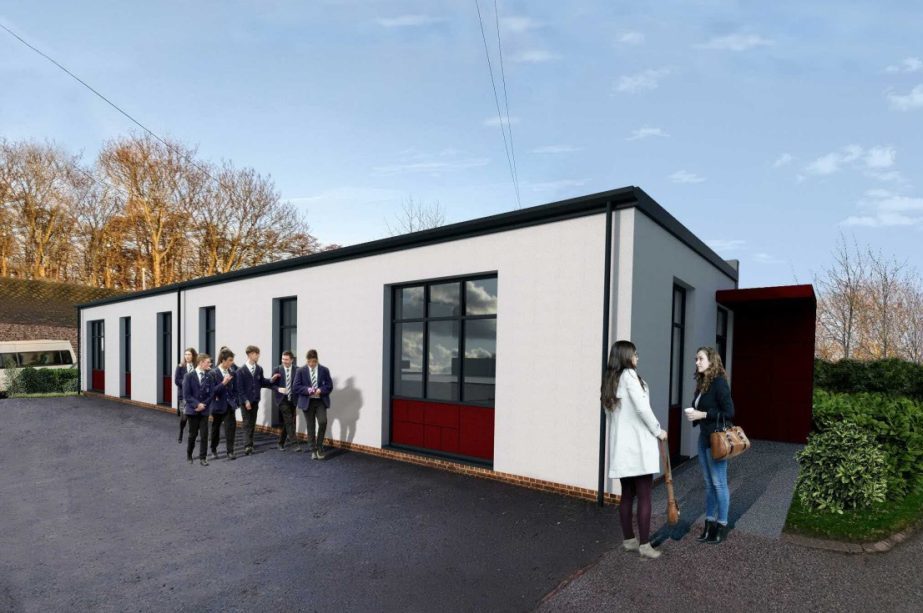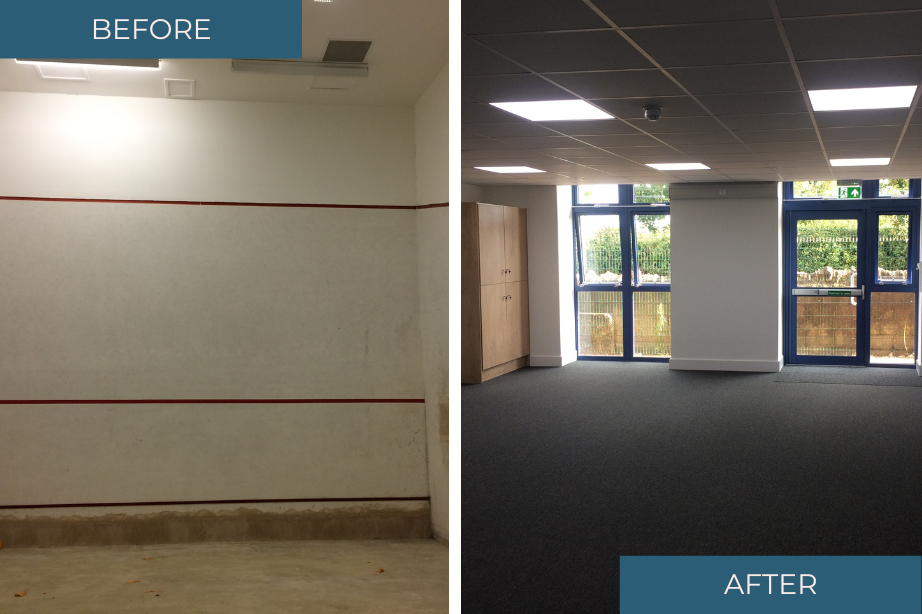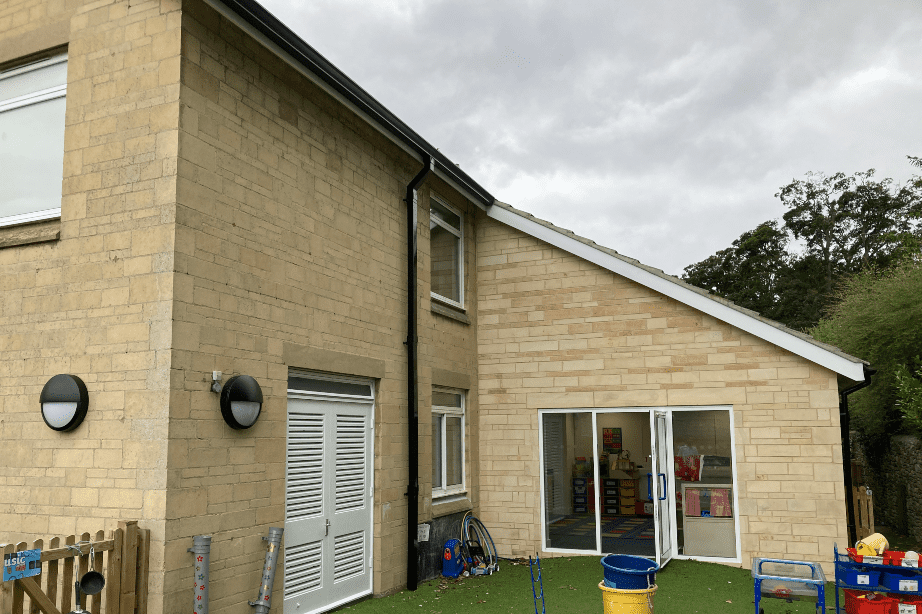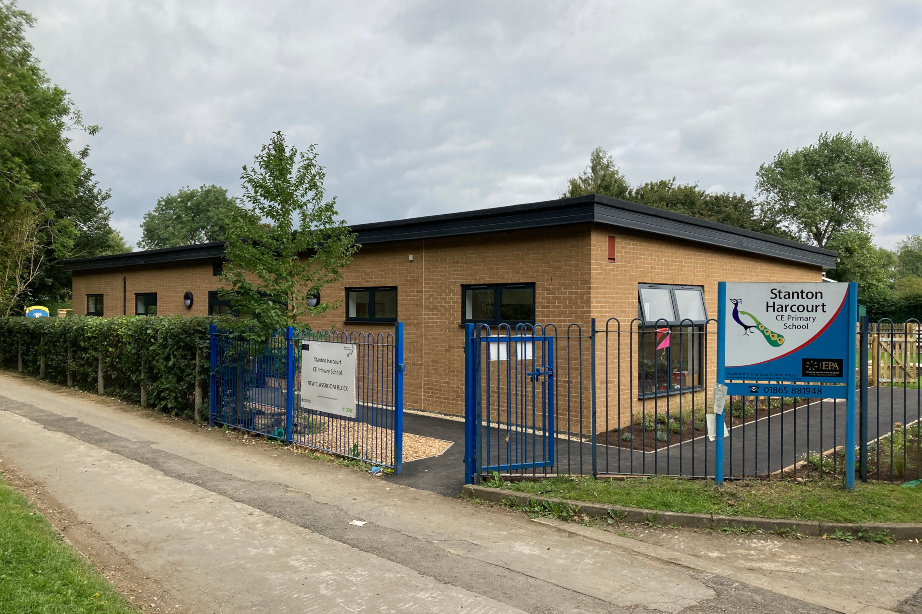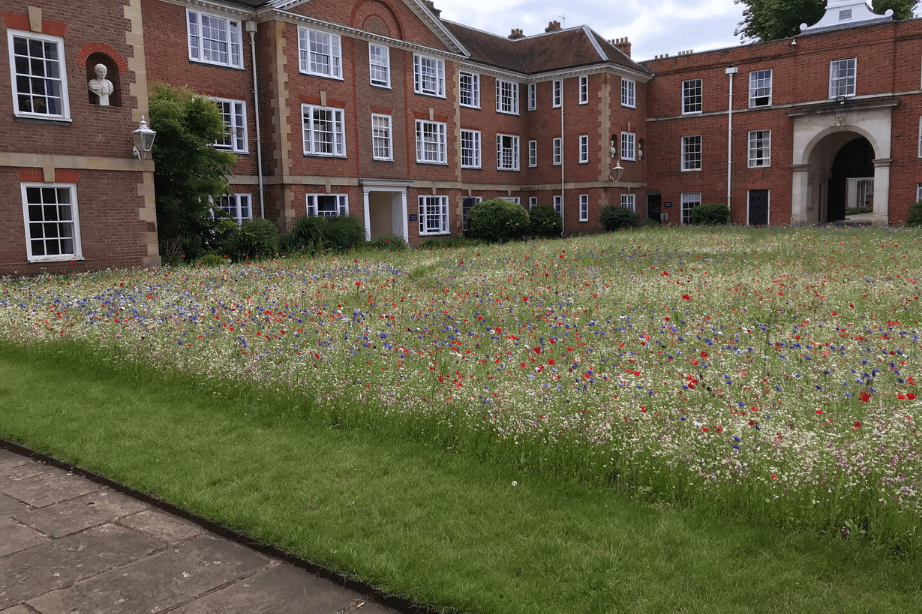SWJ now offer temporary works. We use our expertise in the design of temporary and permanent works to ensure that all foreseeable risks are designed out wherever possible.
Temporary Works
SWJ Consulting are now offering Temporary Works with the expertise of Marten Ager, who has worked alongside SWJ’s engineering excellence on several projects over the years. The temporary works available includes projects from large commercial, university and college builds as well as alterations to smaller residential projects. Both Marten and SWJ have experience working with the challenges that Oxford Universities face; they can deliver everything that falls under the site welfare facilities bracket, and beyond. Marten has over 50 years of experience in his own right, and an impressive CV as a result:
What does Temporary Works cover?
Temporary Works covers everything, and anything, not shown on the permanent works drawings but needed by a contractor to construct or complete a project. To be able to achieve this, a contractor needs to do many different things which could include installing cranes, manoeuvring plant on and off site, or erecting scaffolding. All these additional elements must be carried out safely but none are planned, or thought about, for the permanent works. Therefore if, for example, a project required a 1000 tonne crane to lift in beams, temporary works would be needed to design a crane base for it to safely sit on whilst in use.
Permits to dismantle are included in the design, these include access and removal of the original support, which might consist of extremely large piles and very heavy kit. Your temporary works drawings and method of work are, in effect, a guide from installation to the dismantling of anything not included in the permanent drawings.
Temporary Works became increasingly formalised in the 1970s, after the publication of the Bragg report in 1975. This recorded fatal falsework disasters and were included in the CDM (Construction Design and Maintenance Regulations and BS 5975). However, even today, contractors need to be more aware that temporary works are crucial for method statements and methods of construction. They may have ‘done it like this before’ but it might not have met the safety requirements. Temporary works are there to ensure the whole process of construction is possible and, more importantly, safe.
Fences and Hoardings
The design of fences and hoardings is often overlooked as an essential element of temporary works, but it could fall and kill someone and as such must be properly designed and approved to sustain strange winds.
Fencing can’t just be stuck into the ground and expected to remain adequately safe for its conditions. Most fencing is now Heras fencing, this does blow over at frequent intervals – especially if contractors boards have been fixed to it – but fortunately, Marten designs it using the same bespoke computer program he used to design the fencing along the HS2 route.
Adding Value Through a Combined Approach to Temporary and Permanent Works
It is possible to provide significant savings and add value through combining the permanent and temporary works in a project. In our experience of both temporary works and structural engineering, the cheapest and easiest route is often taken without thought to the whole life cost. What appears to be the quickest, easiest, cheapest option is often a false economy with little thought for how the solution will be implemented and notes such as “temporary works to contractor’s design” on the drawings in an attempt to pass the design risk onto the contractor. We do not consider this approach acceptable as it often leads to a requirement for significant temporary works, with the associated risks of temporary instability to the building. This can, and should, be designed out before the construction issue drawings even reach the contractor’s desk. We use our expertise in the design of temporary and permanent works to ensure that the solutions we put forward to contractors are simple and buildable with all foreseeable risks designed out wherever possible.

